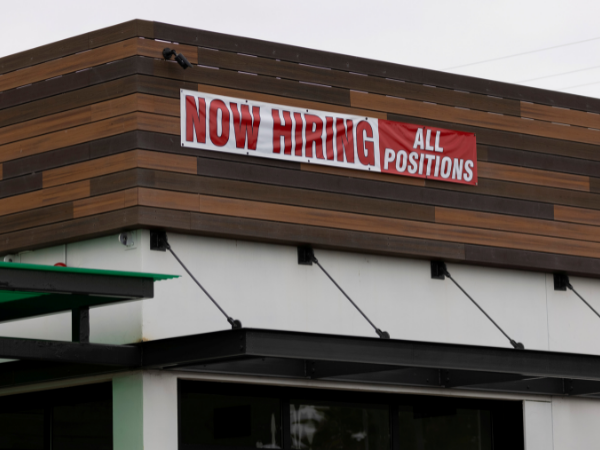US job growth stable in July as unemployment rate falls to 5.4%
U.S. job growth rose solidly in July amid demand for workers in the labor-intensive services industry, suggesting the economy maintained its strong momentum at the start of the second half.
Non-farm payrolls increased by 943,000 jobs last month after rising 938,000 in June, the Labor Department said in its closely watched employment report on Friday. Economists polled by Reuters had forecast payrolls increasing by 870,000 jobs.
However, job gains were flattered by shifts in seasonal employment at schools caused by the COVID-19 pandemic. Estimates ranged from as low as 350,000 to as high as 1.6 million. The unemployment rate fell to 5.4% from 5.9% in June.
“Labor market conditions appear to be healthy at the start of the third quarter as labor-intensive service businesses continue to hire given strong pent-up demand,” said Sam Bullard, a senior economist at Wells Fargo in Charlotte, North Carolina.
Before the pandemic, education employment normally declined by about 1 million jobs in July as schools closed. Still, this year many students are in summer school catching up after disruptions caused by the coronavirus.
This likely threw off the model or seasonal factors that the government uses to strip out seasonal fluctuations from the data, giving payrolls a boost.

A restaurant advertising job attracts workers in Oceanside, California, U.S., May 10, 2021. REUTERS/Mike Blake
“Combined with the expansion of summer school programs in several large school districts across the country, the seasonal adjustment process provided another large boost to July education payrolls,” said Bullard.
The strong employment report followed on the heels of news last week that the economy fully recovered the sharp loss in output during the very brief pandemic recession in the second quarter. Economic growth this year is seen around 7%, which would be the fastest since 1984.
The labor market’s health will weigh heavily on the Federal Reserve’s next monetary policy steps.
“Strong readings over the next couple of months seem likely to give the green light for a pre-announcement of tapering at the Fed’s September meeting,” said James McCann, deputy chief economist at Aberdeen Standard Investments in Boston.
But surging COVID-19 infections, driven by the Delta variant of the coronavirus, pose a risk. While major disruptions to economic activity are not expected, with nearly half of the population fully vaccinated, spiraling cases could keep workers at home and hamper hiring.
A shortage of workers has left employers unable to fill a record 9.2 million job openings. Lack of affordable child care and fears of contracting the coronavirus has been blamed for keeping workers, mostly women, at home. There have also been pandemic-related retirements as well as career changes.
Related Articles
Republicans and business groups have blamed enhanced unemployment benefits, including a $300 weekly check from the federal government, for the labor crunch. More than 20 states led by Republican governors have ended these federal benefits before their Sept. 6 expiration. There has been little evidence that the terminations boosted hiring.
The worker shortage is expected to ease in the fall when schools reopen for in-person learning. Still, some economists are less optimistic, arguing that the economy created many low-skilled jobs and there were not enough people to take them.
“One of the biggest problems we have right now is roughly two-thirds of our job openings are in the kind of jobs that do not require any college degree,” said Ron Hetrick, a senior labor economist with Emsi Burning Glass in Moscow, Idaho.
“We have about 6 million job openings that are not requiring a college degree, but we only have 3.4 million who are unemployed that don’t have a college degree.”
(Reporting by Lucia Mutikani; Editing by Dan Burns)

